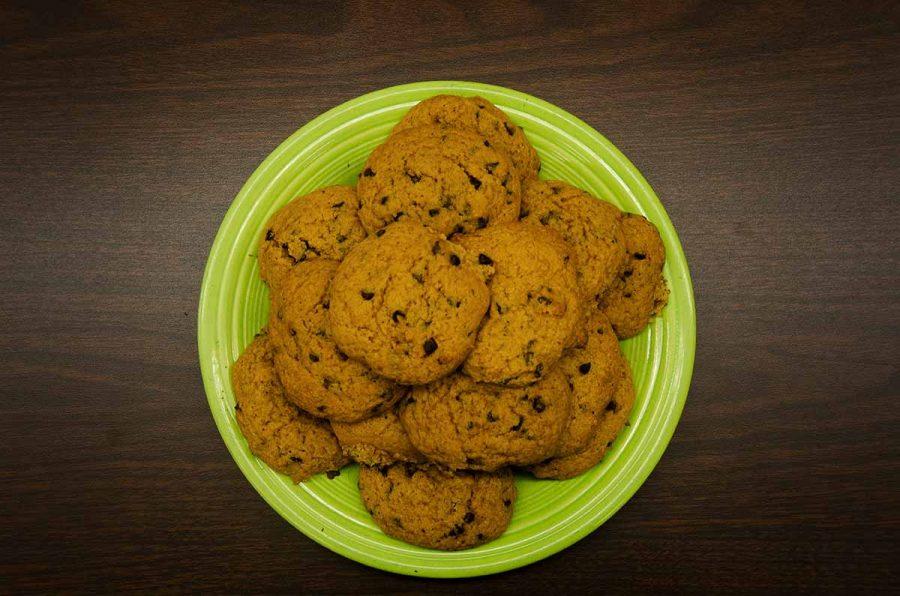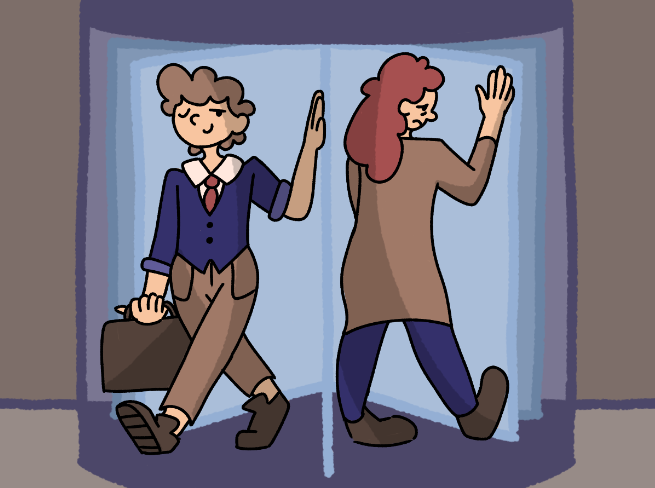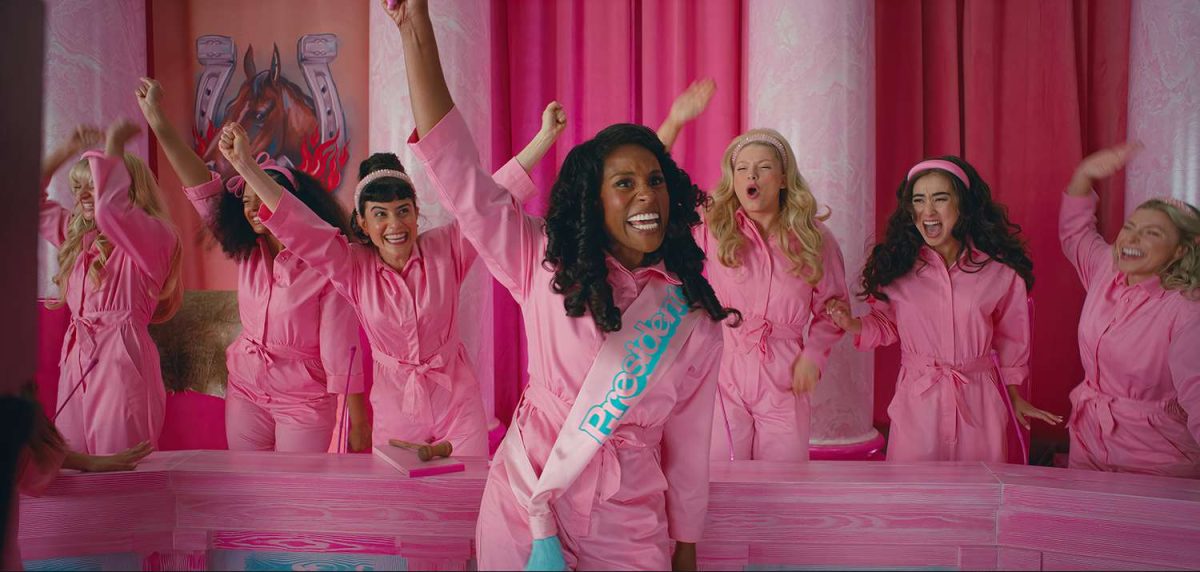A recent Pixar film shines a light on the importance of incorporating sadness in a healthy life
Throughout my life, I’ve aimed to be happy. My parents tell me stories of me as a baby, crying too much and them freaking out when they couldn’t calm me down. As a preteen, all of my counselor gave me tips on how to overcome sadness, and now, as a teenager, I still dread the sleep-deprived or homework-heavy days that put me in the dumps. I’ve been fighting off sadness my whole life, but Disney Pixar’s new animation, Inside Out, revealed to me a new possibility for welcoming more emotions.
Inside Out portrays an average girl, Riley, who battles her own emotions. Riley faces parent and friend troubles in moving across the country, away from her beloved hockey team. The movie is viewed from within Riley’s head, and tells a story about her main feelings as characters named Joy, Sadness, Anger, Fear and Disgust. The characters fight their own battles with dealing with one another, but the end of the movie reveals its overall message, showing that every emotion is important.
While watching the flick several times in a row with my little brother and catching something new about the message each time, I questioned my own life and how my emotions affect it. In keeping the message from the movie in my mind, I saw the conflict of Sadness vs. Joy in my daily life.
When I felt gloomy, I tried to perk myself up by eating extra chocolate or doing something else that made me happy. When I wanted to cry, I refused to give in. After a day of my friends ignoring me at school, I remember coming home so upset that I tried writing out the word happy several times in a notebook, in hope that the repetition would become reality. A transitional friend time was horrible for me because I was completely against being sad. At the time I thought the easiest way to regain happiness was to force it on myself and to forget about the sadness. Then I wondered if I’m supposed to experience the sad times, and that maybe sad times led to happier times. If Riley needed sadness in her life, maybe I did, too.
The release of Inside Out fell during a low time in my life where my search to find my morals collided with keeping friends who held opposing morals. I felt like I was continuously falling, forcing me to consider the cartoon’s message in climbing back up. After several attempts to rid the sadness in my life, I tried Pixar’s method of letting myself hurt for sometime, then allowing myself to grow from what felt like rock bottom. When I felt like crying, I let myself cry. I didn’t try to occupy my mind to strip the sadness. Instead, I let myself sink in the sadness before I tried to heal.
The process at first seemed difficult and backward. I was tired of being sad, so why was I forcing myself to dig a deeper hole? However, I was desperate to recover my confidence and to find a healthy lifestyle, so I stuck with it. Through studying an animation’s message and researching the logic behind my emotions, I rose back up while keeping my grief comfortably on my shoulder.
In my studies on wholesome living, I came across a metaphorical poem called, “The Guest House,” by Mewlana Jalaluddin Rumi, in which human feelings are compared to a house party. Rumi suggests that all guests (emotions), invited or not, should be treated honorably. He entails that each emotion is sent as a guide, and even the darkest visitors are to be allowed in.
In welcoming my darkest visitors, I discovered many aspects of reaching happiness. I learned that hitting a low point opens my eyes to better appreciate mediocracy. In other words, I don’t get my hopes up as high. I’ve found the lowest falls leave the largest emotional scars, but while the scars are always there, happiness comes when the scar no longer stings.
I had never observed how valuable my sadness was until I hit my lowest and noticed my progress in finding my way back up. I struggled with a similar situation to the Inside Out character named BingBong. BingBong, one of Riley’s forgotten memories, found hope only in reminiscing on memories with Sadness. BingBong’s stories with Riley were bittersweet, and remembering them helped the imaginary friend recover with the good times in mind. When I let myself remember the good times with the people who had forgotten me, my growth away from them was healthier and of less hate. As I reminiscence on those people today, I see them as good and bad chapters of the story I am living. If every person lives their own story, even the sad tales are precious. [youtube url=”https://www.youtube.com/watch?v=fICZNSnleX8″]https://www.youtube.com/watch?v=93ASUImTedo[/youtube]
“We can’t cut out chapters that we would rather not have had,” Mindful.org, an online organization that promotes mindfulness and compassion in all aspects of life, noted. “They will always be there, and that’s okay.” After reading several of their stories on thoughtful living and emotional control, I realized that a little bit of sorrow is necessary for a happy life.
In my emotional journey, having sadness has taught me to appreciate my past and use my experiences to better my present and my future. I have endless different feelings that influence my life everyday, and using each of them has created a more mindful and productive life for me. It’s a crazy, backwards life. It takes noise to appreciate silence, absence to value presence and sadness to embrace happiness. All in all, through my experiences and analysis on a Disney Pixar film, I have learned that it is more than OK to not be OK.
Categories:
It takes one to know one
May 10, 2016
0
More to Discover
















































































